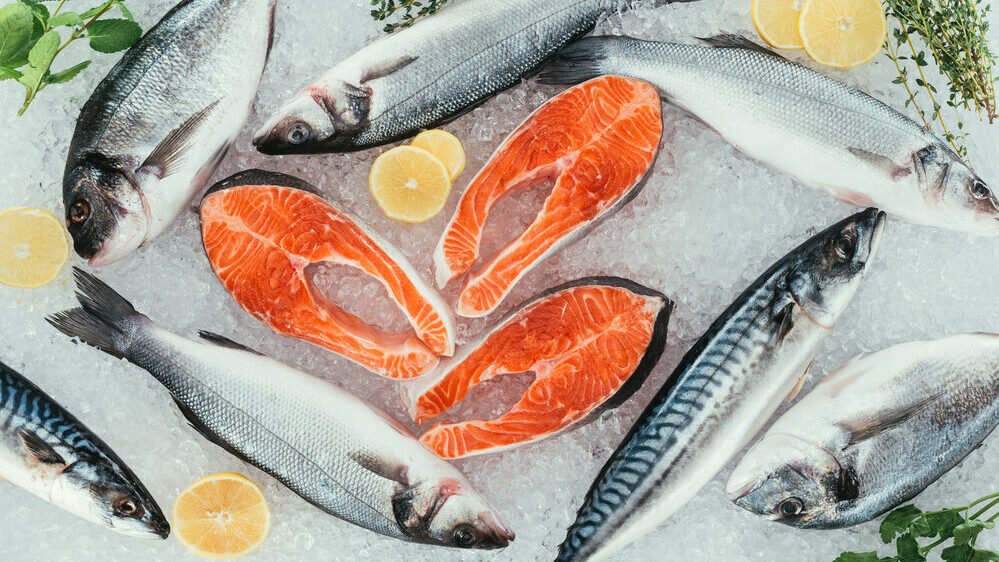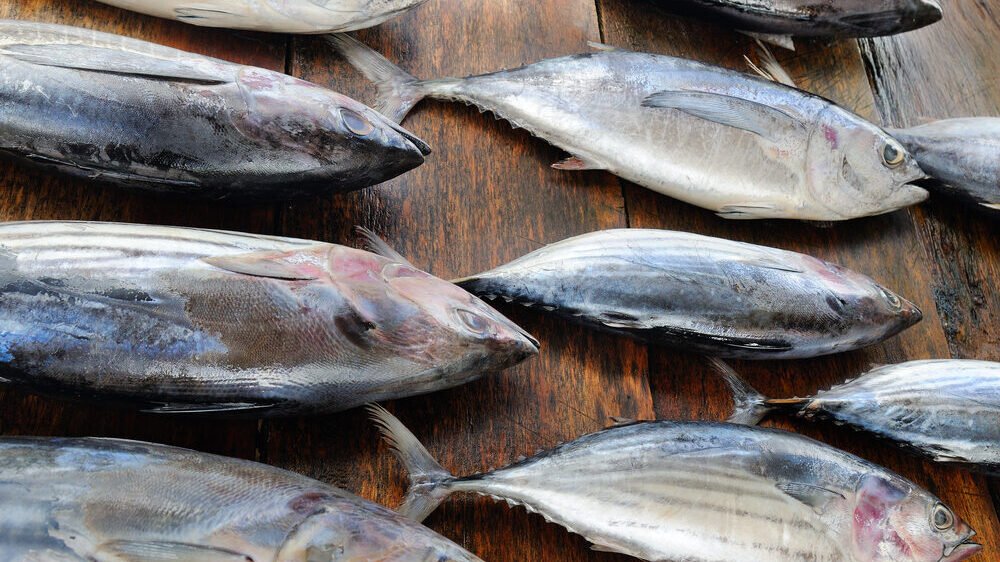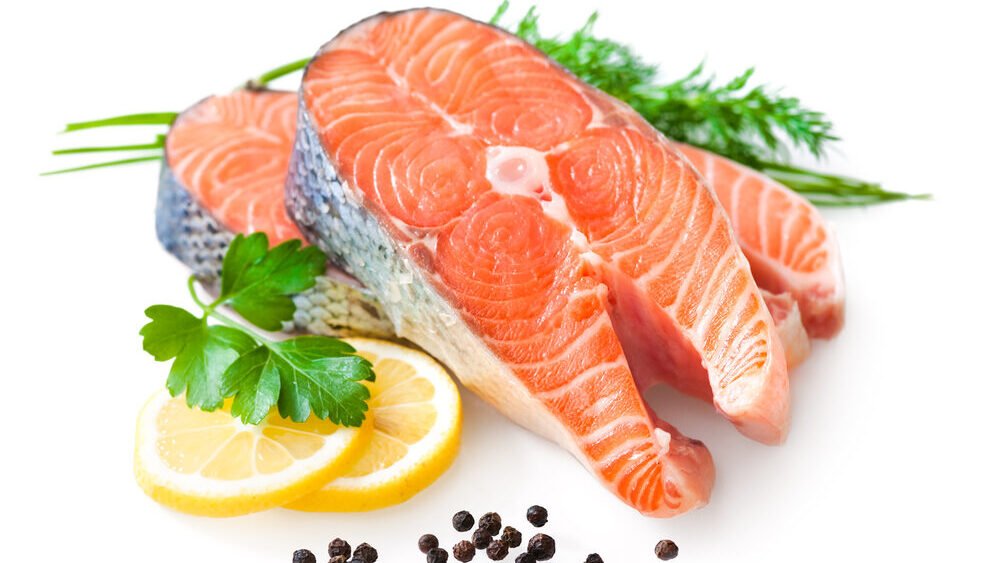Which are the Healthiest Fish to Eat? Benefits + Worst Fish to Avoid
Do you want to eat healthy fish but need clarification about mercury levels and all the scary stuff? Don’t worry; we’re here to show you the healthiest fish you can eat.
Some people think that all fish are created equal, but the truth is that some fish are healthier than others. Compare a salad to a deep-fry. That’s the difference.
Let’s navigate the murky waters of fish, health benefits, and mercury levels and clear out the mud so you can pick the good healthy fish and avoid the bad contaminated ones.
Note: This article is not medical advice. Consult with your doctor before changing your diet.
Healthiest Fish to Eat

High in omega-3 fatty acids
We have all heard about the excellent health benefits of eating fish, with its omega-3 fatty acids and lean protein. But many people are concerned about toxins, chemicals, and pollutants from the environment, as well as from industry and agriculture.
Fish rich in omega-3 fatty acids are considered one of the healthiest food options, and most communities in the world with a high number of centenarians (people who live to ages past 100 years old) tend to eat a lot of seafood and omega-3-rich fish.
Low in mercury
Healthy fish options should also be low in mercury.
Mercury is a metal in liquid form under normal temperatures and can be toxic in high concentrations. It gets released into the environment and atmosphere through natural processes like volcano eruptions or industrial processes like burning coal. The mercury then spreads through rainwater or waterways and ends up in the oceans.
Once in the ocean, biological processes convert mercury (Hg) into monomethyl mercury (MMHg), or methylmercury, a neurotoxin.
Plankton absorbs the methylmercury in the water. Small fish eat the plankton, larger fish eat smaller fish, and methylmercury accumulates upwards in the food chain. Big and old fish on top of the food chain tend to have higher levels of mercury as they have accumulated more.
Because mercury is toxic in high concentrations and can lead to brain development issues, women and children should be aware of how much mercury they consume.
Best fish to eat
If you want to eat healthy fish options, they should be rich in omega-3 and low in mercury.
Fish that are rich in omega-3 fatty acids and low in mercury include:
- Salmon
- Trout
- Pollock
- Anchovies
- Tilapia
- Cod
- Sardines
- Tuna (skipjack)
You can read more here about which fish are high in mercury.
Worst Fish to Avoid (High Mercury Fish)

There are plenty of good fish choices, but knowing which fish to avoid might be easier to remember. These fish listed here are on the FDA and EPA’s list of “fish choices to avoid” because of their high mercury levels:
- King mackerel
- Marlin
- Orange roughy
- Shark
- Swordfish
- Tilefish (Gulf of Mexico)
- Bigeye Tuna
Apart from healthy fish options and fish to avoid, there are also fish with medium levels of mercury which you should limit to one serving of 4 ounces per week (especially children, or if you are a woman of childbearing age or pregnant or breastfeeding).
Other considerations when choosing healthy fish

Sustainable fishing
Some people believe that supporting sustainable fishing can improve fish health and quality over time, as the industry will focus on the long-term demand for healthy fish instead of chasing short-term profit.
Sustainable fishing means using fishing practices that minimize harm to the environment. It may also include specific fishing techniques that target specific fish instead of using nets that catch unwanted fish as bycatch. It also incorporates guidelines and policies about quotas, ways to prevent overfishing, and conservation efforts to keep balanced fish populations.
Health Benefits of Eating the Best Fish

So what are the health benefits of eating fish?
- Omega-3 fatty acids are necessary for optimal heart and brain health. Being deficient in omega-3 is linked to many health issues.
- Fish is an excellent source of lean protein, the building blocks for muscles. Being deficient in proteins makes it difficult to build and repair muscle tissue.
- Vitamin D is one of the essential vitamins for humans. Did you know that vitamin D is a hormone rather than a vitamin? We can obtain vitamin D through sunlight, diet, or supplements. High vitamin D levels are associated with longevity and health, and vitamin D deficiencies correlate to many illnesses.
- Minerals such as iodine and selenium are critical for our health, and fish have a variety of minerals our bodies need.
Conclusion: Best Fish to Eat are Salmon, Sardines, Cod and more
Consider the best type of fish to include in your diet to ensure you get omega-3 fatty acids and avoid high toxic mercury levels. These are salmon, sardines, cod, to name a few. Discuss any diet changes with your doctor.
Frequently Asked Questions about Healthy Fish
What fish is the healthiest to eat?

Any fish high in omega 3 and low in mercury is good. Some examples are salmon, sardines, anchovies, and trout.
Which fish are high in Omega-3?
Fish high in omega 3 are salmon, trout, pollock, anchovies, tilapia, cod, sardines, and skipjack tuna, to name a few.
Which fish should I avoid?

Avoid fish high in mercury, like sharks, swordfish, or other large fish at the top of the food chain, as they accumulate more mercury than smaller fish lower in the food chain.
Why is fish good for you?
Fish is considered healthy because of its high omega-3, high protein content, and other vitamins and minerals, and eating fish is correlated to longevity, better health, and a longer lifespan.

